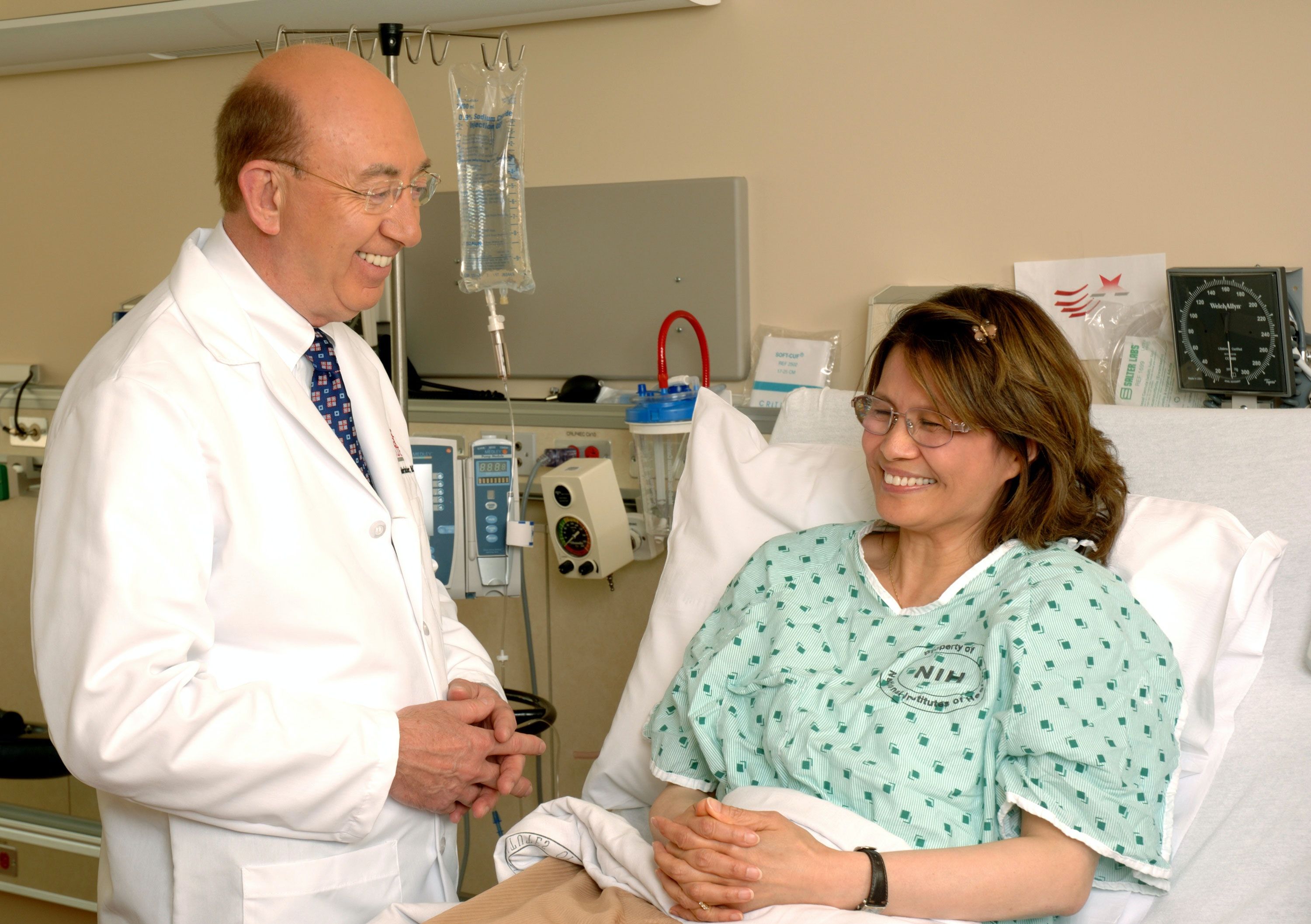Article
GP Ratio the Optimal Liver Fibrosis Assessment Tool for HBV Patients
Author(s):
While effective, liver biopsies are invasive and costly for assessing liver fibrosis.

New research shows globulin-platelet (GP) ratio is the top noninvasive tool of the plethora of tools available for assessing liver fibrosis in patients with hepatitis B virus (HBV) infections.
A team, led by Hong Zhang, Public Health Clinical Center of Chengdu, evaluated the performance of the asparagine aminotransferase-to-platelet ratio index (APRI), the fibrosis-4 index (FIB-4), transient elastography (TE), and the GP ratio for identifying liver fibrosis in patients with HBV infections.
Liver biopsies are effective in this assessment, but the idea tool should be rapid, safe, economical, accessible, and accurate.
“Liver biopsy is the gold standard for diagnosis of liver fibrosis,” the authors wrote. “However, biopsy is invasive, costly, associated with risk of sampling error, and should be performed in inpatient departments within the days of hospitalization.”
The Study
In the study, the investigators examined 146 patients in China using TE, FIB-4, APRI, the GP ratio, and liver biopsy. The investigators grouped the patients in 3 different cohorts—any fibrosis (AF; F0 vs. F1/2/3/4); moderate fibrosis (MF; F0/1 vs. F2/3/4); and severe fibrosis (SF; F0/1/2 vs. F3/4). The average age of the patient population was 39.7 years and 69.86% (n = 102) of the patients were male.
The investigators determined stages of fibrosis using the METAVIR system.
They also conducted receiver operating characteristic (ROC) curve analysis, univariate analyses, and multivariate logistic regression.
Using the AF grouping method, 51 patients were at stage F0 and 95 patients were at other stages, but the median WBC count in F0 group was higher than in the liver fibrosis group (F1/2/3/4).
The median GLB level, and gamma-glutamyl transpeptidase level in the F0 group were lower than in the liver fibrosis group (F1/2/3/4) and the mean PLT count for the F0 group was higher than in the liver fibrosis group (F1/2/3/4).
Results
The area under the curve of TE and GP ratio were similar, regardless of the patient-grouping method.
However, by using the AF grouping method, the GP ratio was superior to both APRI and FIB-4. The areas under the curve for the GP ratio, TE, APRI, and FIB-4 were 0.76, 0.75, 0.70, and 0.66, respectively.
For the MF grouping method, the GP ratio was once again better than APRI and FIB-4 competitors. The areas under the curve for GP ratio, TE, APRI, and FIB-4 were 0.66, 0.68, 0.57, and 0.53, respectively.
Finally, in the SF grouping, the investigators identified the areas under the curve for the GP ratio, TE, APRI, and FIB-4 were not significantly different.
Conclusion
The results in all 3 groupings show the GP ratio is the superior tool for assessing noninvasive liver fibrosis.
“Compared with FIB-4 and APRI, the GP ratio had higher accuracy for identifying liver fibrosis, especially early-stage fibrosis, in patients with HBV infection,” the authors wrote.
There is a large HBV disease burden throughout China, with estimates for infections as high as 8% in rural areas. Liver fibrosis can be a comorbidity for patients with HBV, increasing the risk of developing hepatocellular carcinoma.
The study, “Performance of noninvasive tools for identification of minimal liver fibrosis in patients with hepatitis B virus infection,” was published online in the Journal of Clinical Laboratory Analysis.





